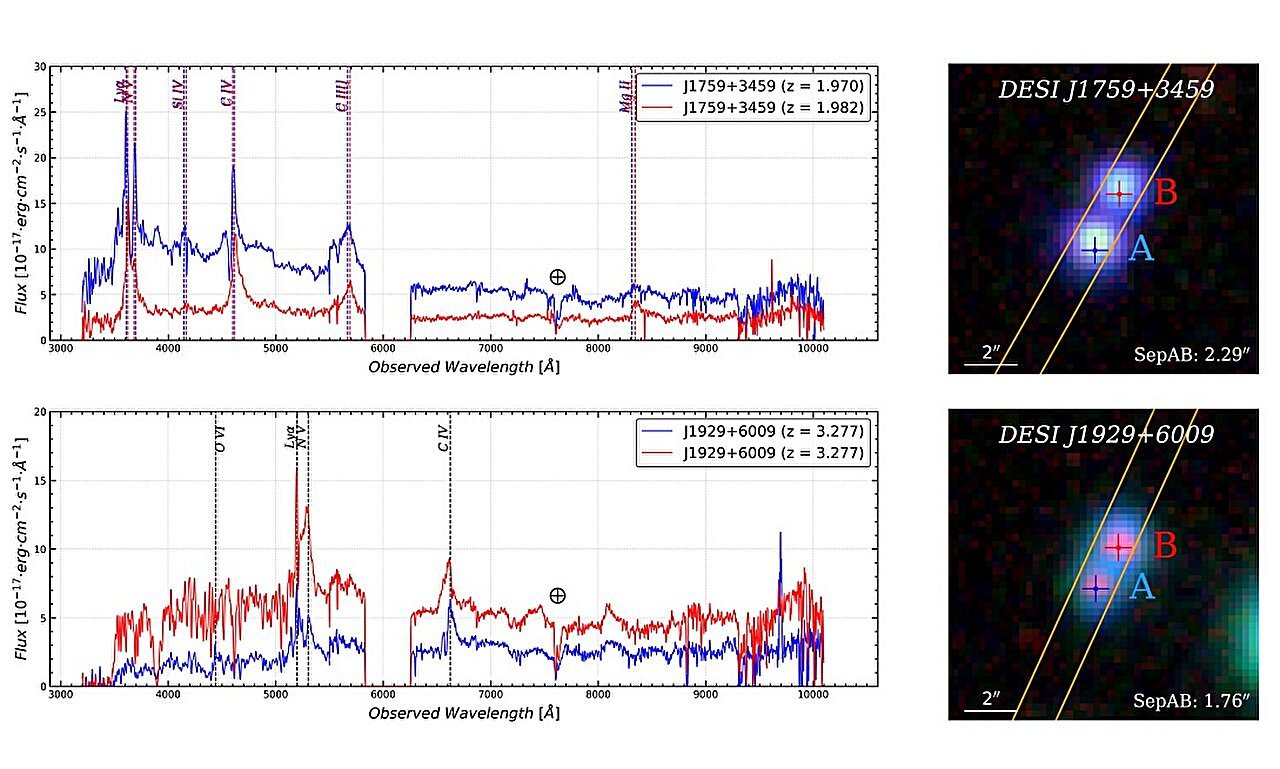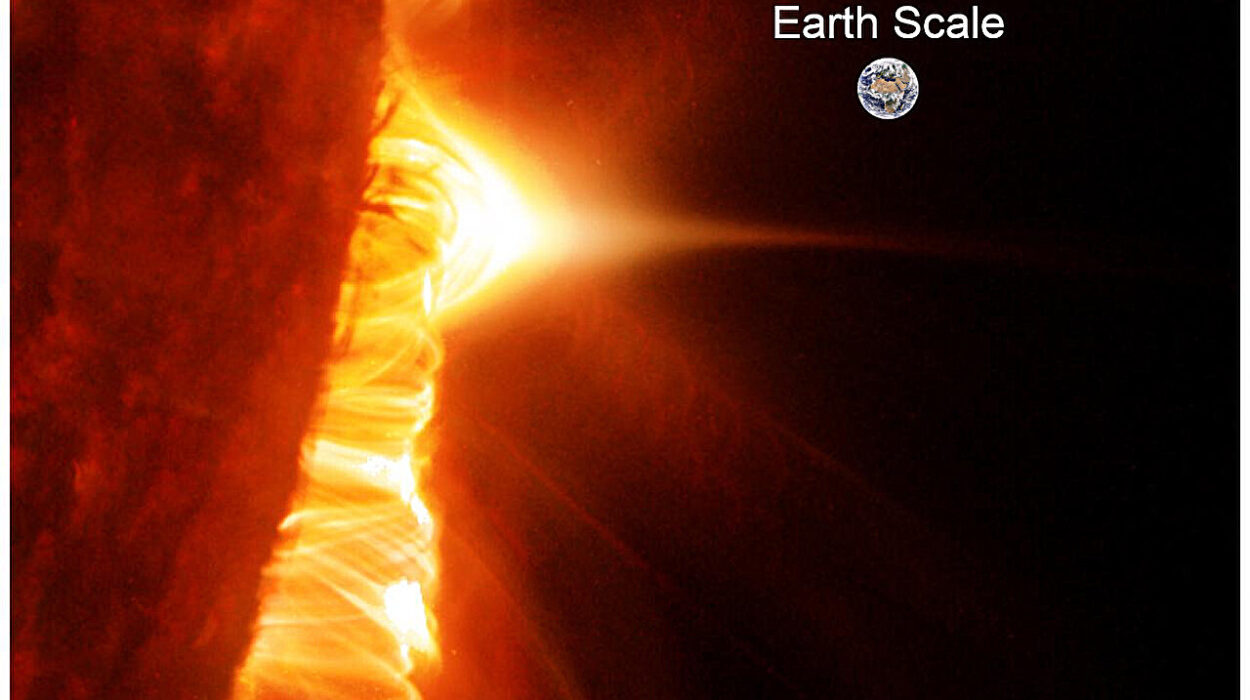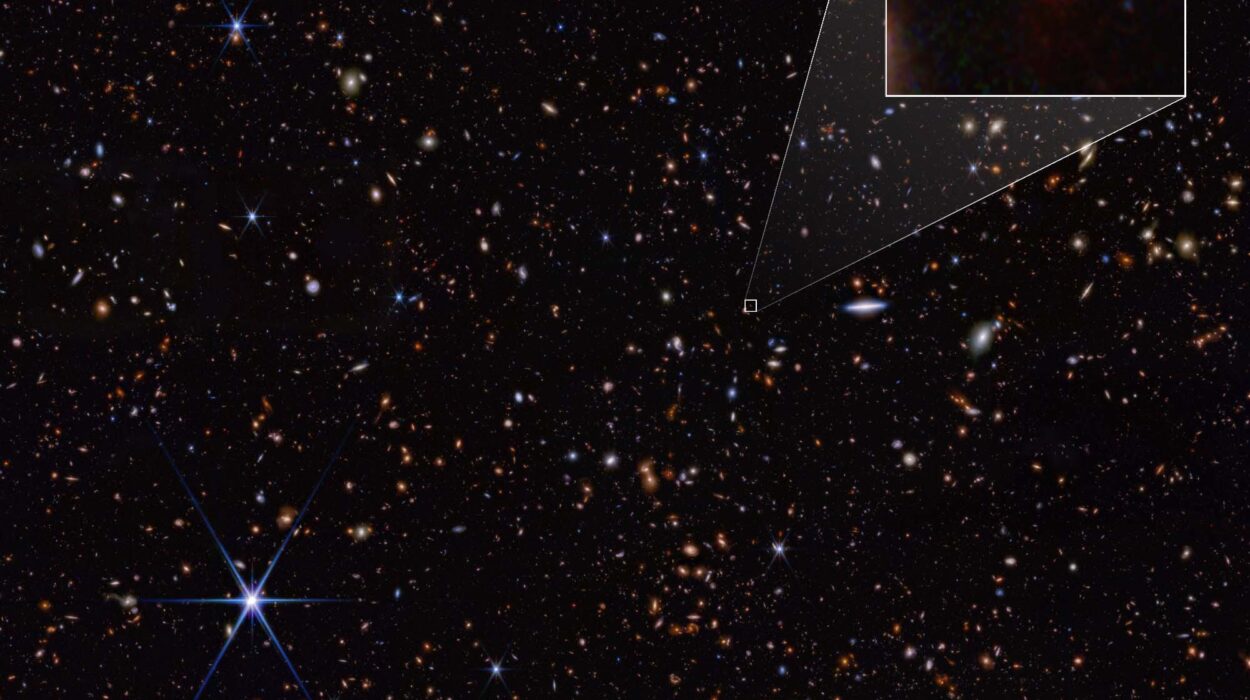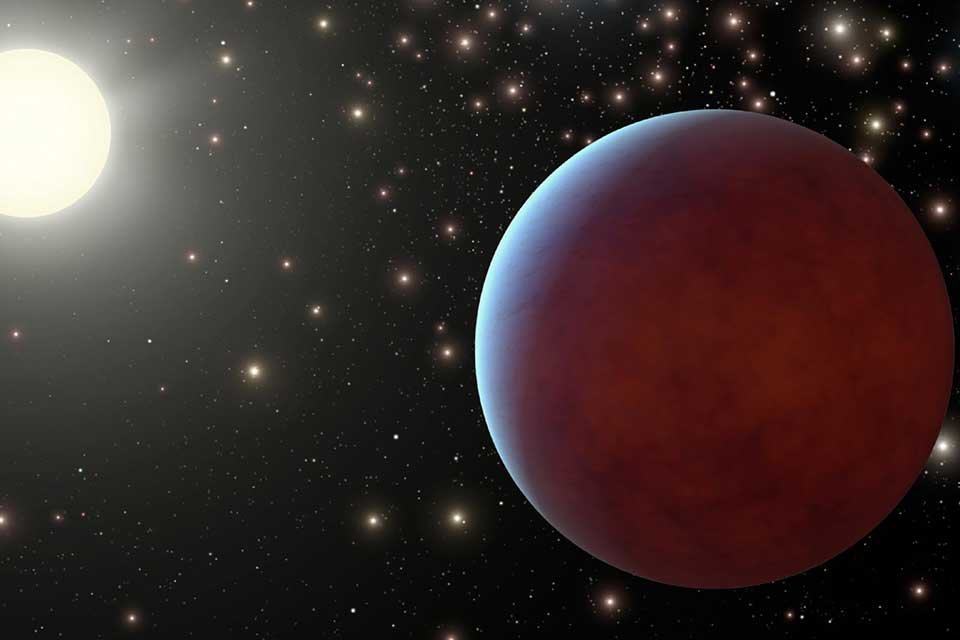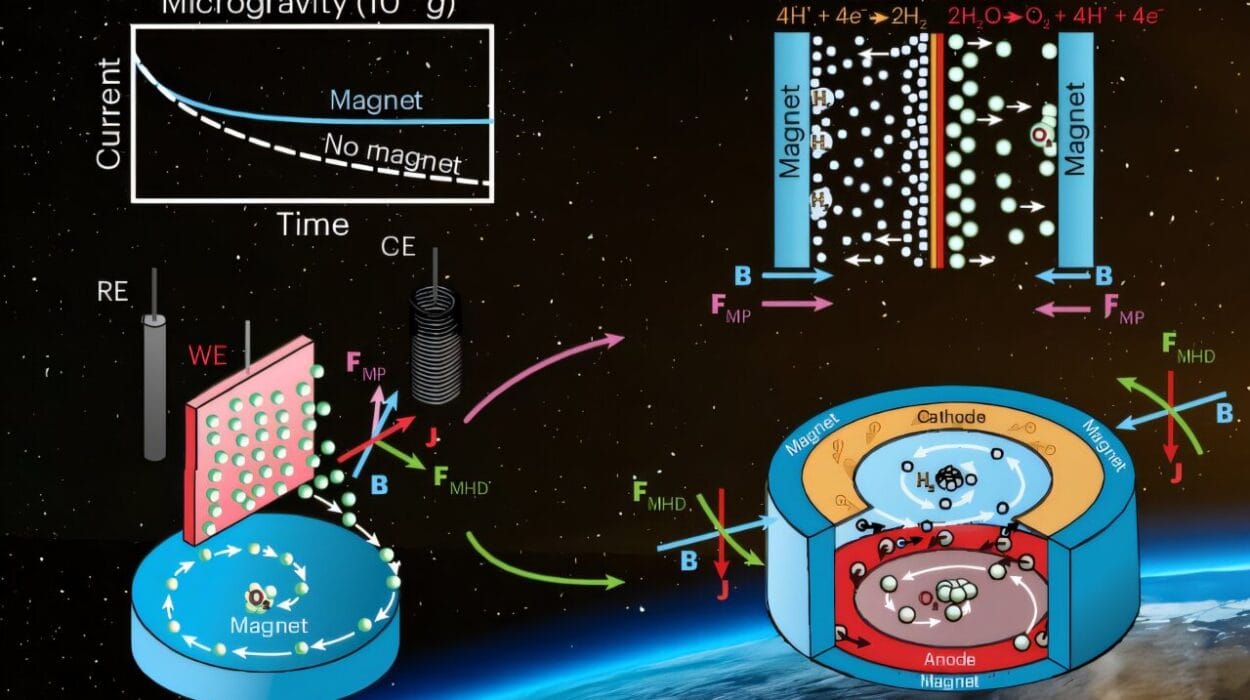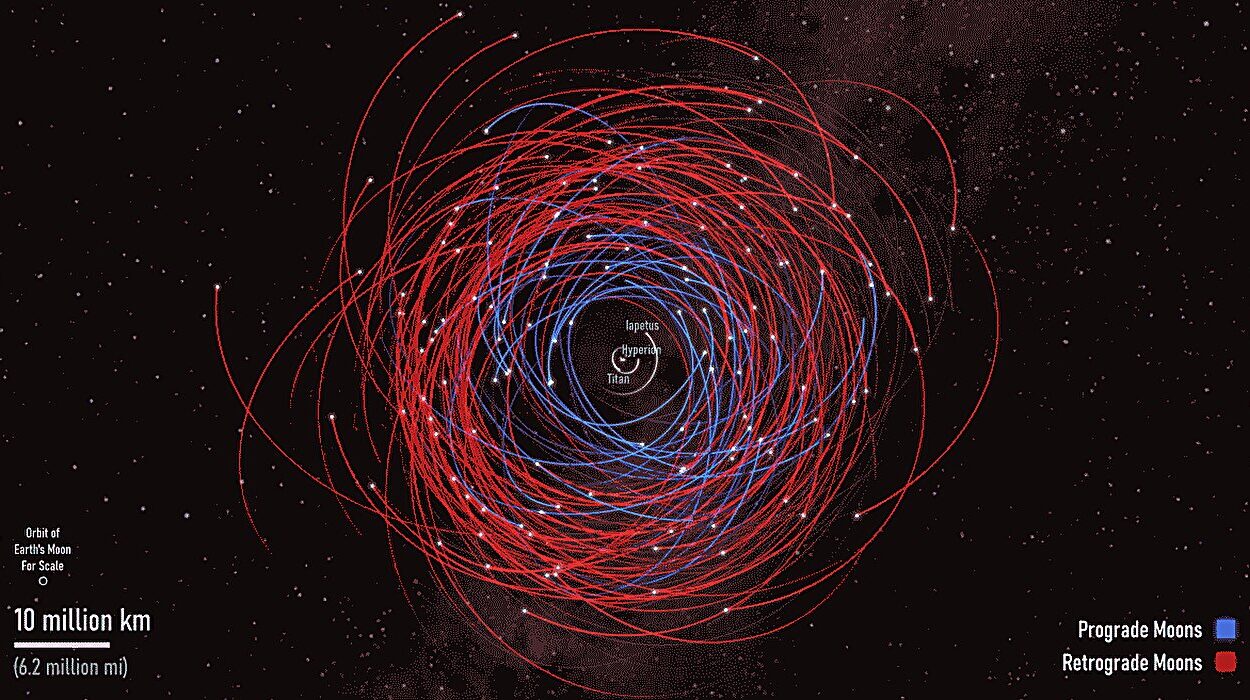In a recent groundbreaking study, Chinese astronomers have made significant discoveries in the realm of quasar research. By investigating a catalog of quasar candidates from the DESI Legacy Surveys (DESI-LS), the researchers successfully identified a total of 19 strongly-lensed, dual, and projected quasars. The findings were published in a paper on January 15, 2025, on the arXiv preprint server, showcasing a diverse range of quasar configurations that provide fresh insights into the nature of these extremely luminous cosmic objects.
What are Quasars?
Quasars, short for quasi-stellar objects (QSOs), are among the most fascinating phenomena in the universe. These active galactic nuclei (AGN) are powered by supermassive black holes (SMBHs) at their centers. The immense gravitational forces exerted by these black holes cause the surrounding matter to spiral inward, releasing vast amounts of energy across a broad spectrum of electromagnetic radiation, including radio waves, infrared, visible light, ultraviolet, and X-rays.
Quasars are not only some of the brightest objects in the universe but also among the most distant, making them powerful tools for studying the distant universe and cosmology. Due to their incredible luminosity, quasars can be observed even at great distances, serving as beacons that help astronomers investigate the nature of the universe’s expansion, the behavior of light under extreme conditions, and the formation of galaxies.
Types of Quasars
When observing quasars that appear close to each other, astronomers generally encounter three different types of configurations:
- Lensed Quasars: These are quasars whose light is distorted by the gravitational field of a massive object, such as a galaxy, lying between the quasar and the observer. The light from the quasar is bent, resulting in multiple images of the same quasar. This phenomenon is known as gravitational lensing. Lensed quasars often appear as two or more separate images of a single object.
- Dual Quasars: Dual quasars are two quasars that appear near each other in the sky but are at the same redshift, meaning they are physically interacting or located in the same galaxy group. These objects can give valuable insights into galactic mergers and the evolution of galaxies.
- Projected Quasars: These quasars appear close together along the line of sight but are actually located at different redshifts. This means they are not physically associated with each other, but merely appear close due to their alignment along our view of the sky.
The new study by astronomers from China’s Purple Mountain Observatory has provided new discoveries across all three of these categories.
The DESI Legacy Surveys and Observational Process
To conduct this research, the team led by Zizhao He of the Purple Mountain Observatory utilized data from the DESI Legacy Surveys (DESI-LS), which is a large-scale photometric survey designed to identify and catalog various types of astronomical objects, including quasars. The team then selected a list of high-priority quasar candidates from the DESI-LS catalog, focusing on objects that could be observed in greater detail.
The observational work was carried out at the Palomar Observatory in California during a two-night observing session on October 15–16, 2023. Using the P200/DBSP instrument at Palomar, the team was able to confirm the presence of multiple quasars, including two lensed quasars, six dual quasars, and 11 projected quasars.
Key Findings and Quasar Details
Lensed Quasars
The study uncovered two strongly-lensed quasars, J0746+1344 and J2121-0826, which are located at redshifts of 3.1 and 2.39, respectively. These quasars exhibited distinctive features:
- J0746+1344 presented an unusual flux anomaly, with its lensing galaxy located next to the brightest image. This is an unexpected configuration, as lensed quasars typically show the lensing galaxy near the fainter image, not the brightest one.
- J2121-0826 is another example of a strongly-lensed quasar, where the gravitational lensing effect distorts the image of the distant quasar, splitting it into multiple distinct images.
Dual Quasars
The team also identified six dual quasars with redshifts ranging from 0.59 to 3.28. The projected physical separations of these dual quasar pairs varied from 50,300 to 73,500 light years, providing a glimpse into the spatial arrangements of interacting quasar systems.
One of the dual quasars, J1929+6009, had an incredibly small redshift difference of less than 0.0001, indicating that the two quasars are likely very closely associated, with a relatively small projected separation of about 62,800 light years.
Projected Quasars
In addition to the lensed and dual quasars, the study found 11 projected quasars. These quasars appeared very close together but were determined to be at different redshifts, indicating they were not physically associated. The projected separations of these objects ranged from 35,700 to 123,400 light years.
A particularly intriguing case was that of J0422+0047, which was initially thought to be a gravitationally lensed quasar system. The central yellow component was believed to be acting as the lensing galaxy. However, further analysis revealed that the system might have a more complex structure. The large line-of-sight velocity between the two components suggests that the system might not be a simple gravitational lens but rather a chance alignment of two projected quasars with an intervening galaxy.
Implications and Future Research
These discoveries provide new insights into the population of quasars and their behavior. The identification of strongly-lensed, dual, and projected quasars helps refine our understanding of gravitational lensing, galaxy interactions, and the overall distribution of quasars across the universe.
In particular, the study of lensed quasars continues to be an important tool for studying the mass distribution of lensing galaxies, as well as for testing predictions made by general relativity. The dual quasars, on the other hand, offer a unique window into the dynamics of galaxy mergers and the evolution of supermassive black holes in galactic centers.
As astronomers continue to study these fascinating objects, it is likely that future surveys, including deeper observations and the use of more advanced instruments, will uncover even more examples of lensed, dual, and projected quasars, providing a richer understanding of the universe’s most energetic phenomena.
This work highlights the ongoing importance of large-scale astronomical surveys like the DESI Legacy Surveys and the power of instruments like the P200/DBSP at the Palomar Observatory, which continue to unlock the mysteries of distant quasars and their role in shaping the cosmos.
Conclusion
The detection of 19 new quasars by Chinese astronomers, spanning lensed, dual, and projected categories, marks a significant step forward in quasar research. These findings offer a deeper look into the complex behaviors and interactions of these extremely luminous objects. With the continued advancements in observational technology and data analysis, we can expect further breakthroughs that will continue to unravel the mysteries of quasars and their place in the cosmos.
Reference: Zizhao He et al, Discovery of 19 strongly-lensed quasars, dual and projected quasars in DESI-LS, arXiv (2025). DOI: 10.48550/arxiv.2501.08541
